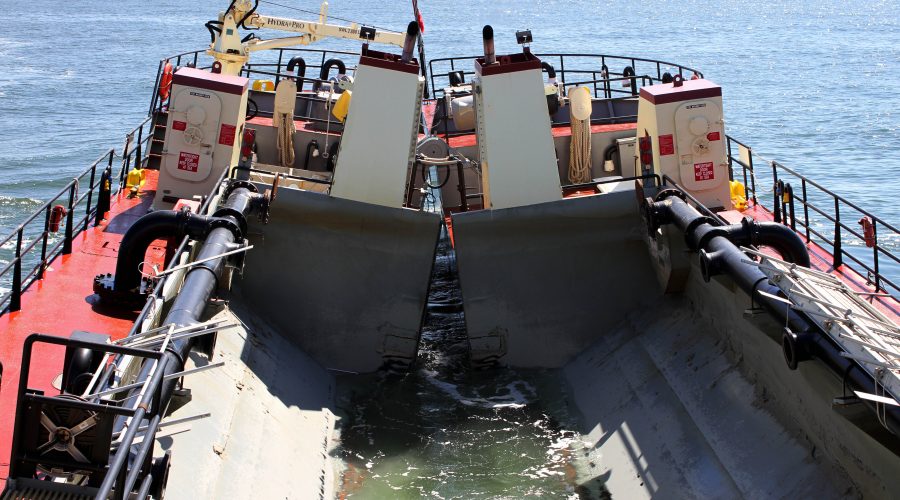


Considered the most valuable commercial fishery in the Bay, the value of blue crab landings in Maryland is estimated to have hovered around $45 million annually for the past decade. The third factor is changes in the environment, such as reduced water quality and loss of habitat, among a number of other unknowns that can potentially contribute to the declining crab numbers.Ĭhesapeake Bay is the source of more than one-third of the total blue crab supply in the United States, according to the Chesapeake Bay Program, which tracks the bay’s signature species. The invasive fish-introduced decades ago in several Virginia rivers-has a ferocious appetite, and likely consumes a large number of blue crabs, Miller said. Predation is another important factor, especially by the blue catfish, which can grow up to 5 feet long and over 100 pounds. Credit: Kristen Zeis/Deep Indigo Collective for Inside Climate News Hudgins shows a blue crab he caught in the Chesapeake Bay in Mathews, Virginia, on Friday, June 10, 2022. The population has declined for female, male and juvenile crabs, with the number of adult male crabs also at an all-time low since the survey began. “All of the things that we appreciate with family and friends, it happens around a crab feast.”Ĭarried out jointly by Maryland’s department of Natural Resources and the Virginia Marine Resource Commission, the dredge survey released last month put the estimate for the Bay’s prized critter at 227 million-the lowest in the survey’s history. You pick crabs and spend an extended meal with wooden mallets and cold beer and tell jokes and reminisce,” said Thomas Miller, professor of fisheries science at the University of Maryland Center for Environmental Science, who has been part of the survey team since its inception 33 years ago. And even the scientists who worked on the most recent winter dredge survey, which measures the population, grow wistful when they consider the colorful crustacean so central to Baltimore and Maryland culture. For a third straight year, the number of crabs in the Chesapeake Bay has dropped, this time to a record low.


 0 kommentar(er)
0 kommentar(er)
